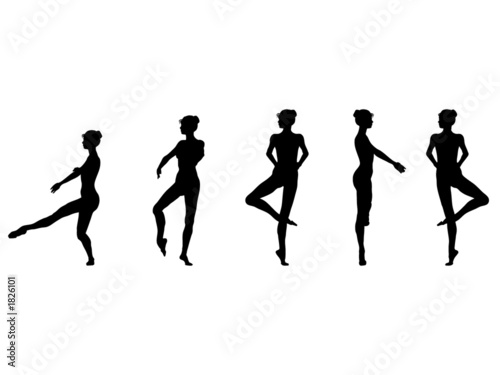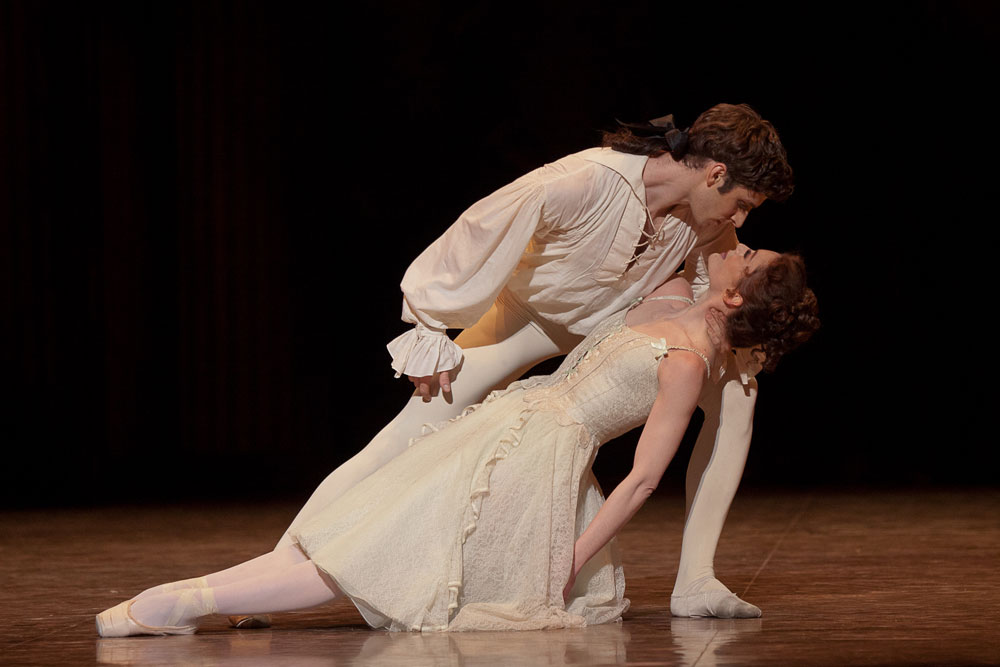Character dance

Character dance is a specific subdivision of classical dance.
It is the stylized representation of a traditional folk or national
dance, mostly from European countries, and uses movements and music
which have been adapted for the theater.
Character dance is integral to much of the classical ballet
repertoire. A good example of character dance within ballet is the
series of national dances which take place at the beginning of Act III
of Swan Lake. The ballet Don Quixote as well as Paquita also features
many character variations based on traditional Spanish dances. Popular
character dance adaptations for ballet also include the national dances
of Hungary, Russia, Poland, Italy and Spain: csárdás, mazurka, tarantella, flamenco, etc.
One of the best known schools that incorporate character dance to teaching syllabus is Vaganova Ballet Academy.
Outside of Russia and the former republics of the late Soviet Union,
there is little training in the art of character dance. However, it is
still widely taught in the United Kingdom and Australia and in Central
Europe (Czech Republic, Hungary) where it is integral to the training of
students at the Royal Ballet School and the Australian Ballet School. It is also taught as a separate skill within the graded examinations syllabus of the Royal Academy of Dance,
Statni Konzervator Praha. Most performing companies or schools
elsewhere are not familiar with the history or technique of this style.
Therefore, the term "Character Dance" is often used in misleading ways
that have no bearing to the original definition in ballet terminology.
Yuri Slonimsky writes in his book
The Bolshoi Ballet (Second edition 1960, pg.8) on the history of character dance:
"....The Moscow theater thrived because at the
beginning it was free from Court tutelage...another important factor was
the popularity of various fairs and festivals among the Moscovites. It
was here, at the turn of the 19th century that a new genre came into
being-one inspired by the national comic opera-dance scenes suggested by
folk festivals, games,Yule-tide, Shrovetide Festivals, etc. These
dances were created by Vasily Balashov, a former inmate of the
Orphanage, soloist of the Court Stage at St. Petersburg and
choreographer of the Petrovsky Theatre in Moscow. Petersburg's
choreographers Ivan Valberg, A. August, and others after them, borrowed
and developed Balashov's methods. And in 1812-14 Russian folk dances
were successfully shown by Charles Didelot and his colleagues in a
"Russian Divertissement" at King's Theatre in London."

Folk traditions have been incorporated into what is known as ballet for centuries but it was not until Aleksandr Shirayev, Assistant to Marius Petipa,
that Character Dance became a unique and codified art-form that takes
its rightful place as an integral part of Classical Ballet.
Character dances are usually performed in shoes or boots, with a
suede sole and a small heel. Men typically wear black character shoes
and women typically wear a flesh coloured shoe with a larger, more
feminine heel.



















































